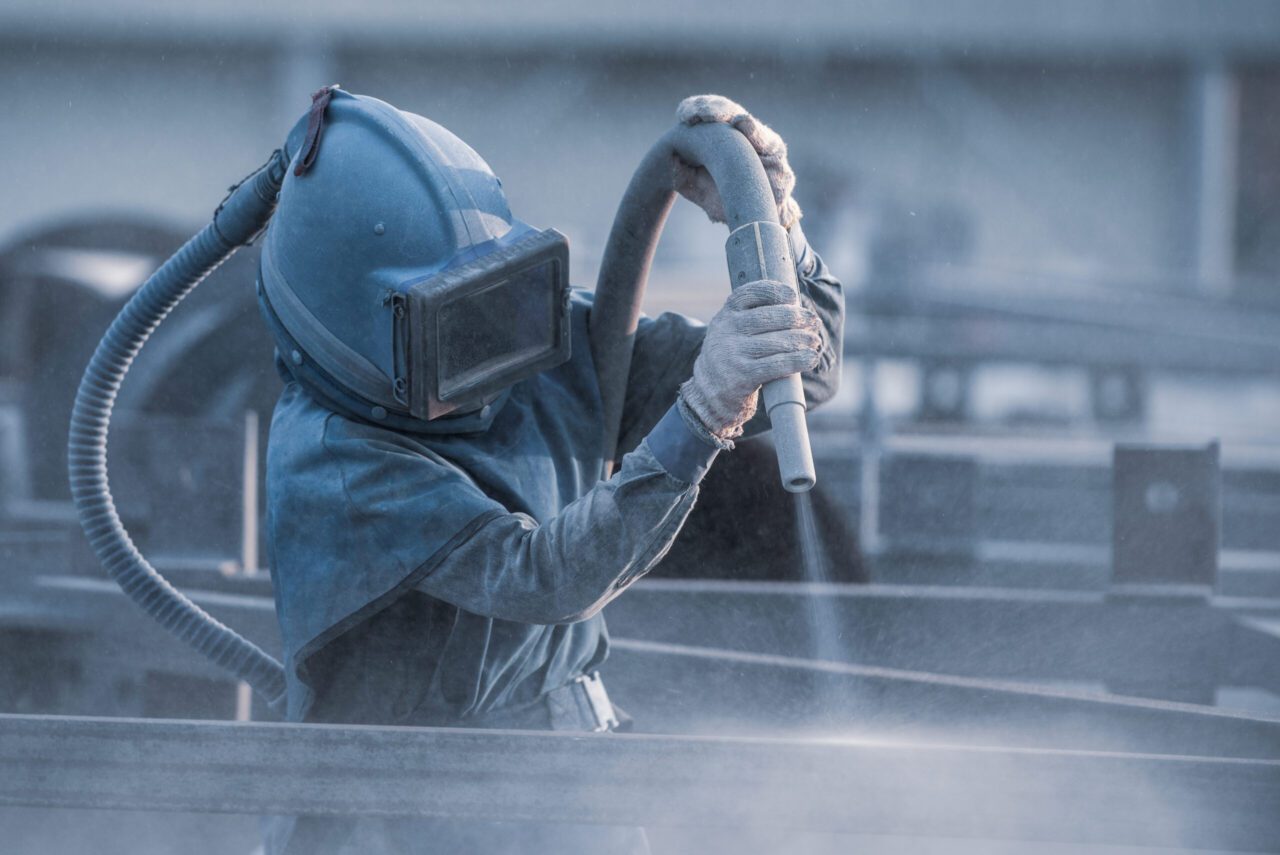Safe Workplaces are Sound Businesses

Safe Workplaces are Sound Businesses
Safety is a continuous process of managing risks that are presented to your employees.
One example of this is OSHA’s Safe and Sound campaign week. The campaign runs from August 15-21 and is a nationwide event that recognizes the successes of workplace health and safety programs.
Did you know that successfully implemented safety programs can reduce injury and illness cost by 20-40 percent? Depending on a company’s profit margin that can mean the difference between operating in the red or black. This message is not new and is an important reminder that OSHA and risk professionals alike should promote.
According to the Center for Disease Control, controlling exposures to occupational hazards is the fundamental method of protecting workers. The hierarchy of controls is the traditional method of controlling exposure. The hierarchy of controls consists of five levels including, elimination, substitution, engineering, administration, and personal protective equipment (PPE).
For our example, we will be looking at an employer that runs a sandblasting and paint facility. What are some common hazards in this environment? We have paint, particulates in the air, sandblast particles, and debris from the parts being refurbished. There may also be harsh chemicals being used to prep and preclean before the sandblasting takes place.
Hierarchy of Controls
Using the hierarchy of controls, we would want to look at our inventory of chemicals and see if we can ELIMINATE any hazardous products that are not necessary to complete the job. We may even require that clients send in parts that have already been cleaned to eliminate the precleaning process altogether.
Once that step has been completed, we may discover that some processes are necessary, but maybe there is a less hazardous chemical on the market that we can SUBSTITUTE in lieu of the hazardous chemical. But there are still other areas of harm that need to be addressed. Remember it is not just contact with chemicals that presents a problem. Workers can breathe in particles from the paint and sandblasting process.
For equipment sandblasting it would be wise to invest in a sandblasting cabinet. This is an ENGINEERED cabinet designed to protect the worker from the debris and dust that is created during the sandblasting process. There are also portable paint booths that can contain paint fumes and particle from spreading throughout the workplace. This solution combined with the proper engineered exhaust system would be ideal for the protection of workers. In addition to that companies also recognize that the greater time spent around a hazard the higher the likelihood of adverse exposure.
Companies may institute an exposure limit based on OSHA guidelines. This should be implemented as a company standard process, also known as an ADMINISTRATIVE control. In most cases any rule that is documented and designed to keep employees safe can fit into this category. Examples include JSA’s, JHA’s, and work permits.
To ensure due diligence employers would want to make certain that workers are equipped with protective equipment. Keep in mind that PPE unlike elimination, substitution, and engineering controls does not prevent the hazard from contacting the employee. It only reduces the severity if something happens. Therefore, PPE is referred to as the last line of defense. The best method is to work down the hierarchy pyramid towards PPE, not start with PPE for protecting workers. So, when thinking of how you will keep your workers safe and sound during the campaign, I implore you to take advantage of all that the hierarchy of controls provides. Time spent using this technique is invaluable.
It is important to note that it is not uncommon for risk consultants to engage companies only to find out that they are relying on the last line of defense, personal protective equipment, or PPE, rather than using the system as it is designed.
For more risk insight information, contact INSURICA today.







